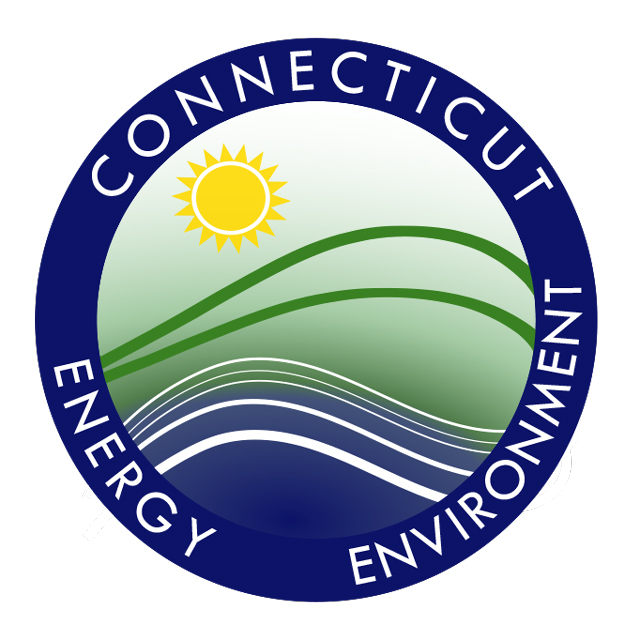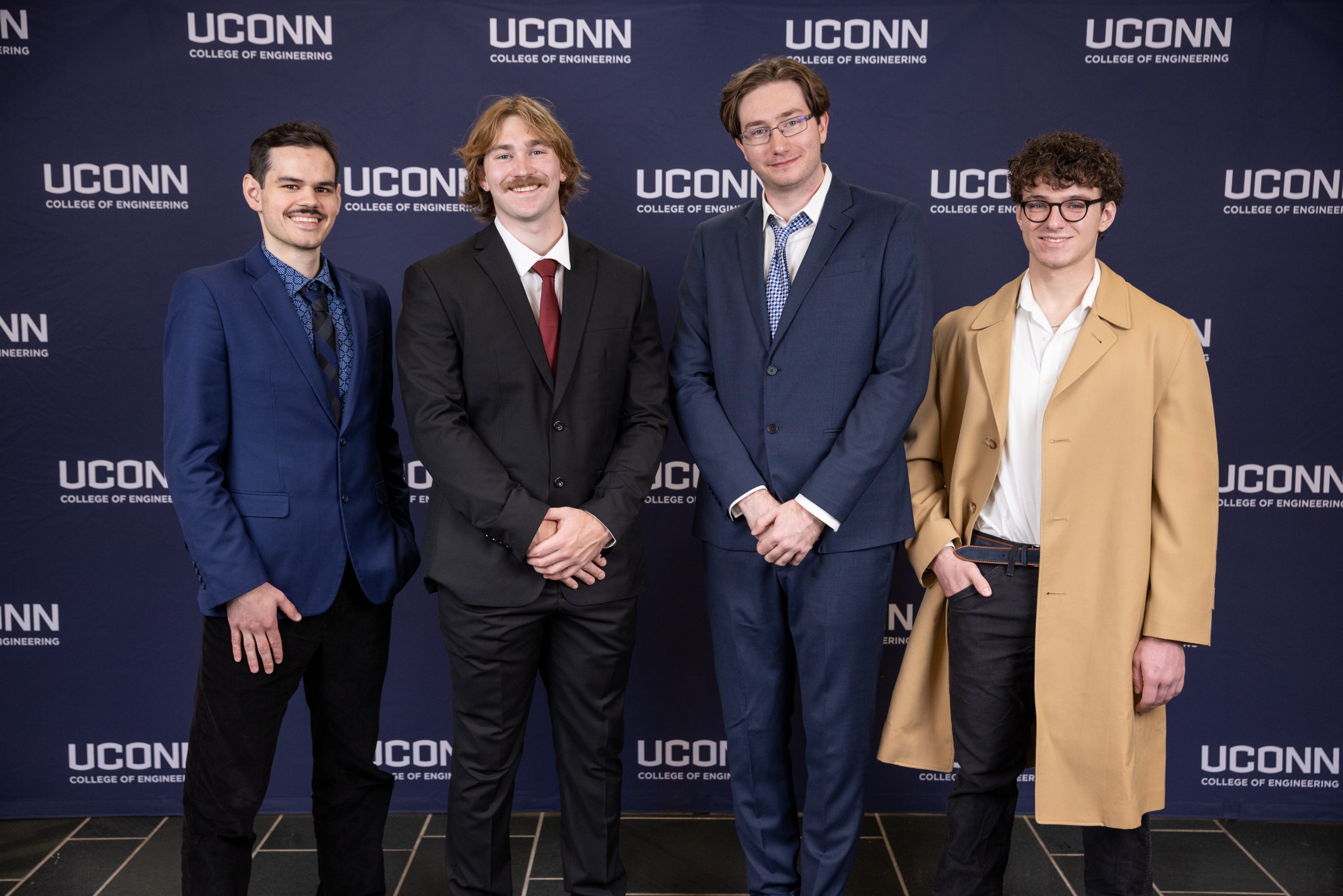Team 7
Team Members |
Faculty Advisor |
Colin Burt |
Jeffrey McCutcheon Sponsor Connecticut Department of Energy and Environmental Protection (CT DEEP) |
sponsored by

Durham Meadows Groundwater Contamination: Options for Delivering Clean Drinking Water to Residents and Businesses
Project for solutions to give potable water to residents and companies in affected areas of Durham Meadows with 1,4-Dioxane pollution. Methods and costing estimations for the Department of Energy and Environmental Protection of Connecticut.1,4 – Dioxane is a chemical that is miscible in water and has been known to cause liver and kidney damage from prolonged exposure to drinking water. Our solutions considerations were cost and efficiency as the Department of Environmental Protection for Connecticut sponsored us to find out. We have investigated three classes of solutions: Point of Use, Centralized & Aqueduct. Point of use is a solution that is installed directly inside a residential home or commercial building and provides, in our solution, reverse osmosis membranes that purify the water. Centralized remediation utilizes a facility that directly tackles pollution by breaking down 1,4-Dioxane into constituents of carbon dioxide, in our method this could be done with advanced oxidation or bioremediation. An aqueduct is a type of solution that brings water from a clean source to the affected areas without remediating or separating 1,4-Dioxane in the affected areas. This can be done by taking water from Middletown, CT to bring clean water to the area. Our main goal is to give options and economic analysis to give an appropriate solution for the Department of Energy and Environmental Protection.


